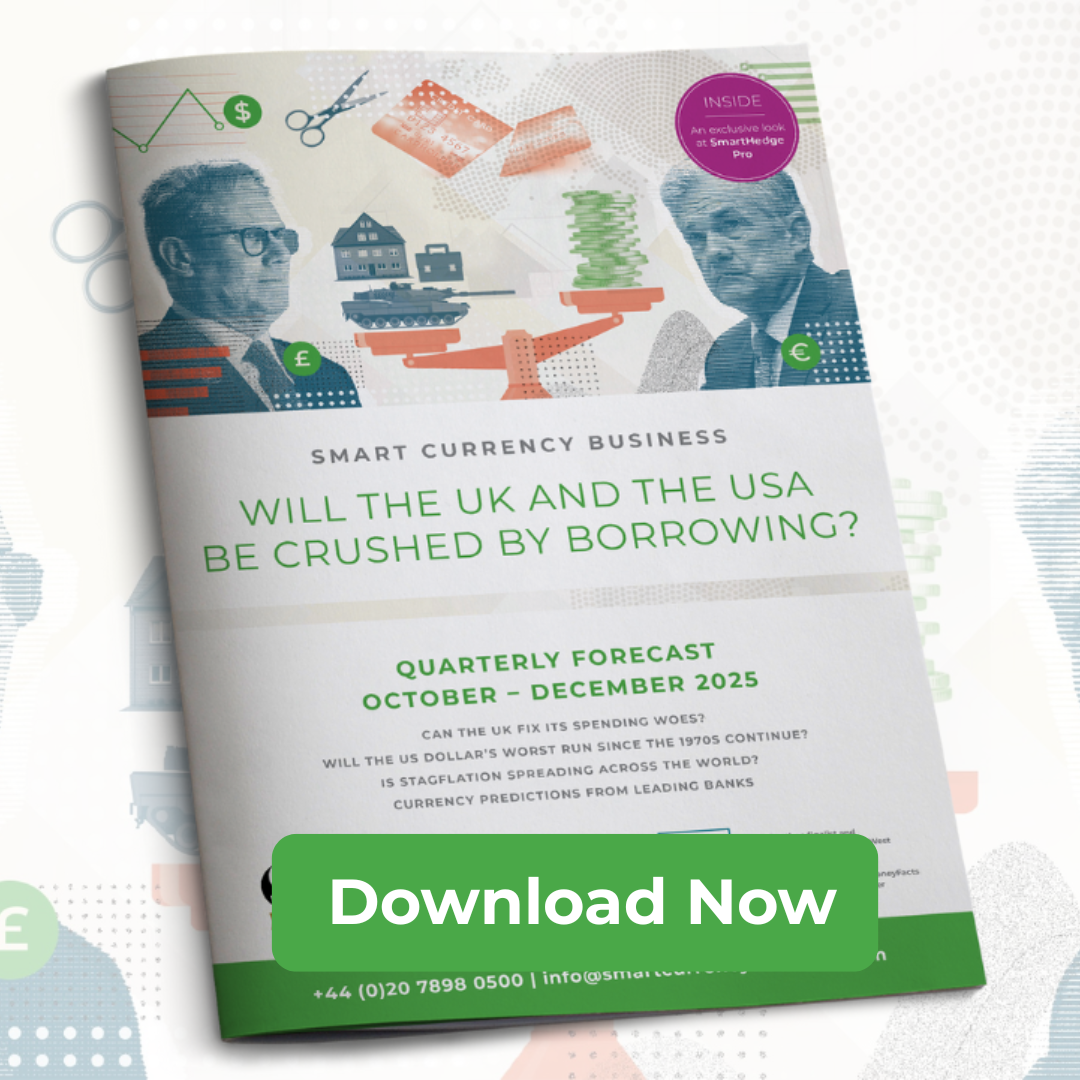Inflation in the eurozone nudged up to 2.2% in October from 2.1% in the previous month to fall in line with expectations. However, core inflation jumped to 1.1% in the same period, from 0.9% the previous period and higher than the 1% analysts had predicted. Core inflation measures underlying price pressures, while inflation measures consumer prices.
Ultimately, the releases appear to support the European Central Bank’s decision to ease its stimulation package. However, hindsight is a wonderful thing and the fact that the eurozone GDP growth rate was pretty disappointing in the third quarter of 2018 suggests that some more stimulus could be needed sooner rather than later.
Meanwhile, unemployment was unchanged at 8.1% which is the joint-lowest rate in a decade. It is still much higher than the UK and US though, which could be a concern in the not-too-distant future. The euro slid against the dollar and lost ground against sterling following the aforementioned Brexit announcement from Dominic Raab.

 020 7898 0500
020 7898 0500